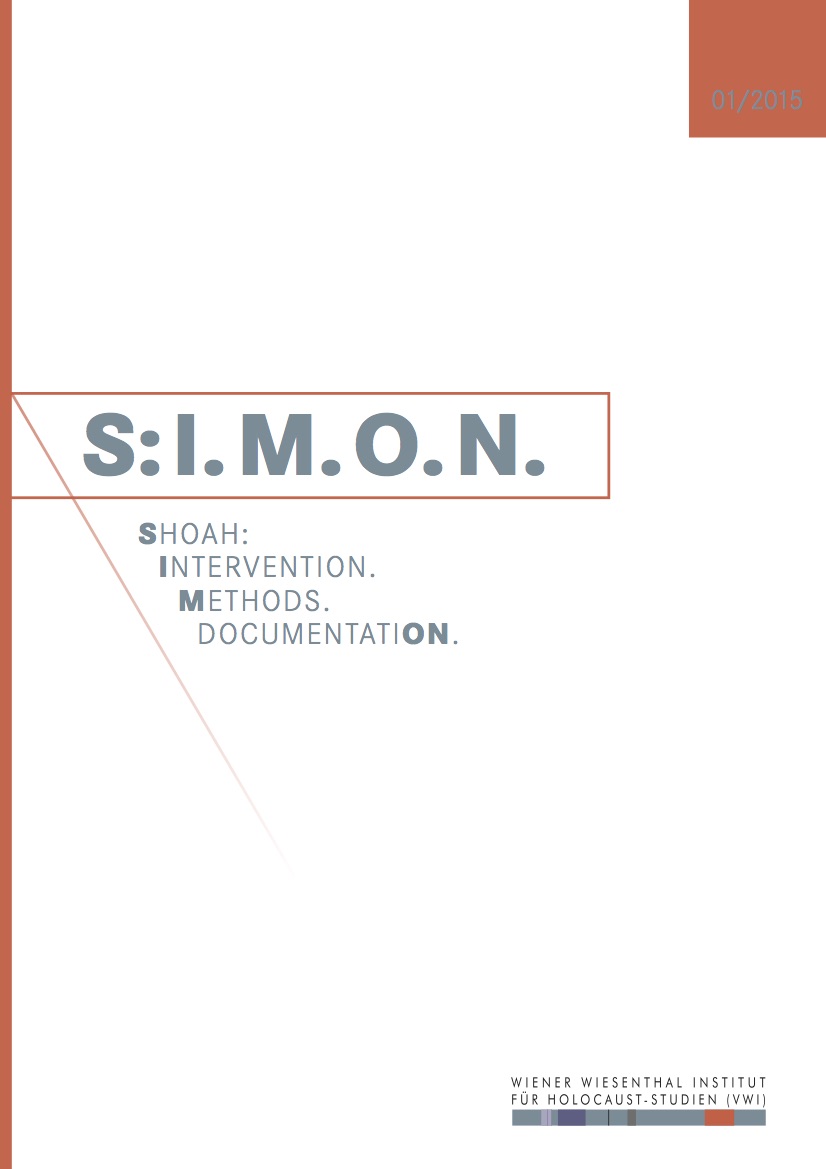Pogrome in Polen 1918–1920 und 1945/46 - Auslöser, Motive, Praktiken der Gewalt
Pogroms in Poland 1918–1920 and 1945/46 - Triggers, Motives, Practices of Violence
Author(s): Eva RederContributor(s): Philipp Rohrbach (Editor), Béla Rásky (Editor)
Subject(s): Jewish studies, Pre-WW I & WW I (1900 -1919), Interwar Period (1920 - 1939), WW II and following years (1940 - 1949), Fascism, Nazism and WW II, History of the Holocaust, History of Antisemitism
Published by: Wiener Wiesenthal Institut für Holocaust-Studien
Keywords: Poland; pogrom; WWI; WWII; triggers; motives; practices; violence;
Summary/Abstract: The paper focuses on the fundamental aspects of my dissertation project: triggers of pogroms, dynamics of violence and the role of the respective emerging statehood as well as the perpetrators’ self-perception. In both reference periods, pogrom violence referred closely to the establishment of Polish statehood, even though this happened under divergent circumstances. Both phases involved exceptionally large numbers of pogroms. In both cases profound socio-political ruptures and paradigm shifts took place, where the need to create enemies was tremendous. An examination of the perpetrators’ verbal utterances and actions during and after the pogrom allows to identify their symbolic reference points, which express anti-Semitic stereotypes and show how the pogromists defined their relations towards state authorities. The project will offer insights about prejudices during transitional phases, the dynamics of pogroms and how narratives of violence are preserved. The pogroms are reconstructed by means of eyewitness accounts, military records and court files.
Journal: S:I.M.O.N. Shoah: Intervention. Methods. Documentation.
- Issue Year: 2/2015
- Issue No: 1
- Page Range: 15-27
- Page Count: 13
- Language: German

